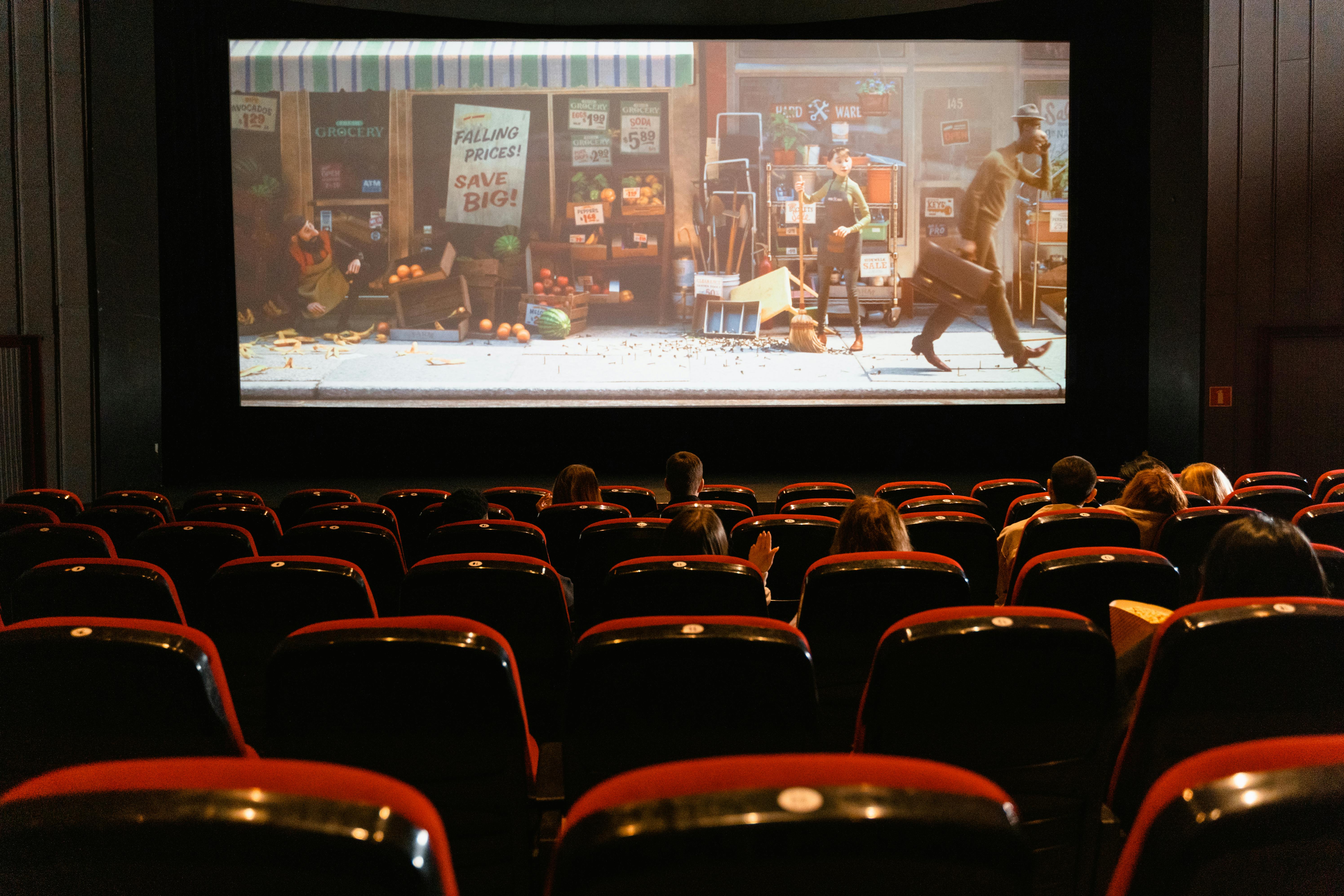In the Limelight: The Rising Influence of Streaming Theater
In the realm of performing arts, the stage has always held a magical allure, its captivating power able to transport audiences into a different universe. The traditional theater, with its velvet seats and gilded proscenium, has long been the epicenter of dramatic storytelling. However, a novel trend is reshaping the landscape: the rise of streaming theater. As the digital world interweaves with the world of performing arts, it's time to delve into this groundbreaking trend and its wide-ranging implications.

Setting the Stage: The Dawn of Streaming Theater
The concept of streaming theater is not entirely new. The Metropolitan Opera, for instance, launched its “Live in HD” series back in 2006, broadcasting performances to movie theaters worldwide. Despite such early forays, the bulk of theater remained a live, in-person experience. The onset of the worldwide COVID-19 pandemic in early 2020, however, forced theaters to shutter their doors, propelling the industry into an unexpected digital revolution.
Spotlight on the Present: The Pandemic Push
With the pandemic rendering traditional theater impossible, the performing arts industry had to reinvent itself to survive. Streaming theater emerged as the lifeline, allowing audiences worldwide to tune into performances from the safety and comfort of their homes. Majestic theaters like London’s National Theatre and New York’s Broadway started offering digital streaming of their performances, opening up new avenues of accessibility. Today, with global recovery underway, the trend shows no signs of slowing down.
A New Stage: Impact and Reception
The impact of streaming theater has been profound. For one, the geographical boundaries that once confined theatergoers have dissolved, democratizing access to high-quality performances. Secondly, it has expanded the potential audience base significantly, with viewers from all corners of the globe now able to tune in. The reception has been generally positive, with many embracing the convenience of streaming. However, critics argue that digital performances lack the immersive quality of live theater, signaling an ongoing debate about the place of technology in the arts.
Final Act: The Future of Streaming Theater
Research suggests that the rise of streaming theater is not a fleeting phenomenon but a transformative shift in how we consume performing arts. As theaters reopen, the streaming option is not expected to disappear but rather coexist alongside live performances. It represents a new chapter in the storied history of theater, one that marries the age-old allure of the stage with the digital age’s boundless potential.
In conclusion, the trend of streaming theater represents a significant evolution in the performing arts landscape, reshaping how we engage with and consume this timeless form of cultural expression. As we move forward, the blend of tradition and innovation promises to keep the world of theater vibrant, accessible, and continually evolving.




